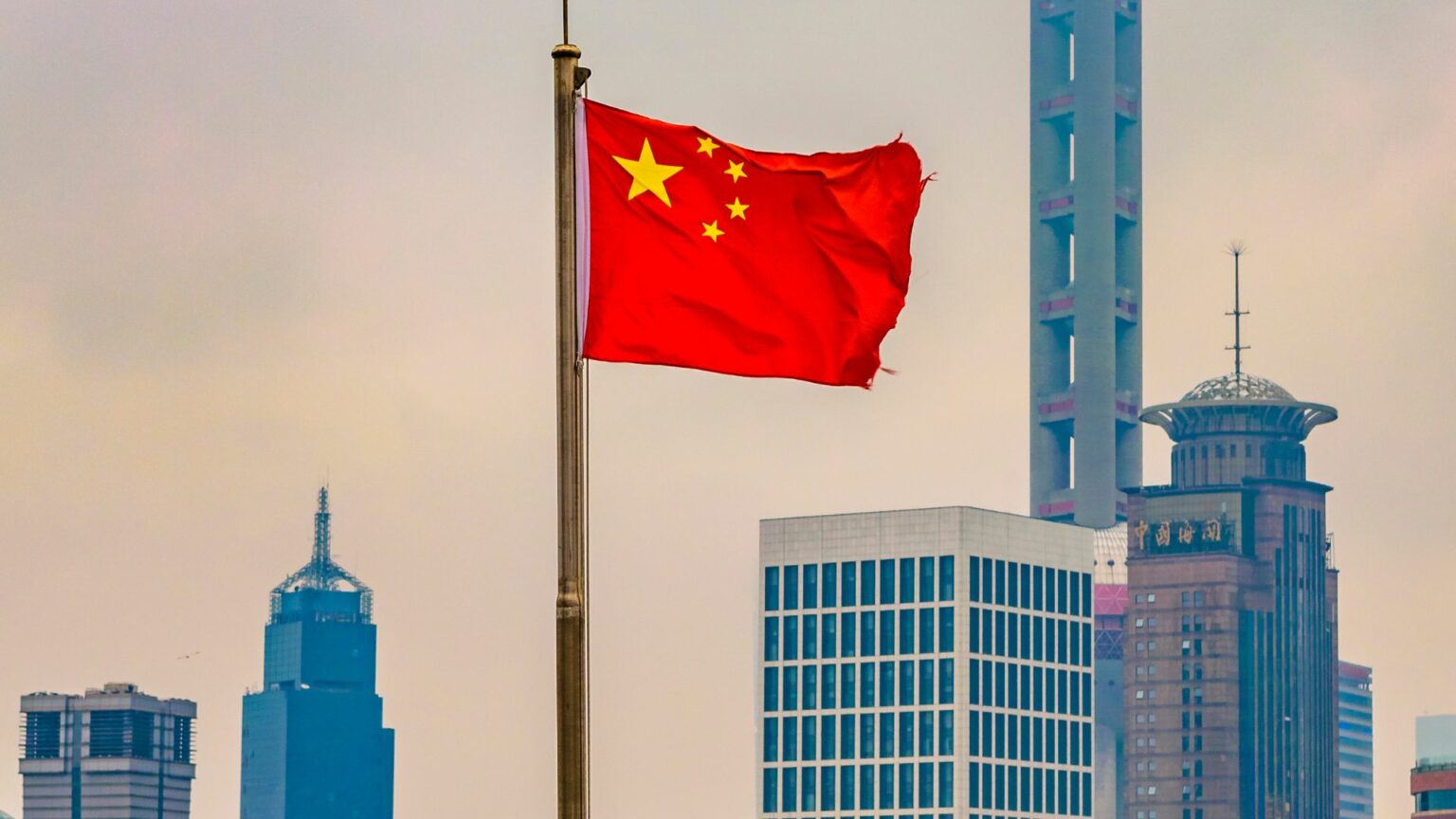The recently released “China Hydrogen Energy and Fuel Cell Industry Development Report 2022,” or “White Paper 2022,” by the China Hydrogen Energy Alliance, provides a comprehensive look at the status and future of the hydrogen energy industry in China and globally.
Hydrogen energy is often touted as the cleanest and most efficient green energy source in the world. As countries worldwide intensify their efforts to meet climate targets and combat carbon emissions, hydrogen has gained significant attention as a viable solution for a sustainable future.
The “White Paper 2022” systematically compiles data and insights on the dynamics and trends of the global hydrogen energy industry in 2022. It highlights the commitment of countries such as the United States, Germany, and Japan, which have all released national-level strategic plans and policies to support and promote the hydrogen energy sector. In fact, by the end of 2022, a total of 41 countries and regions had formulated national hydrogen energy development strategies.
This global effort has resulted in a steady rise in hydrogen supply and demand. Clean hydrogen’s share of the market continues to grow, particularly in areas like transportation and power generation. The “White Paper 2022” further reveals that hydrogen prices and costs in key regions are diverging, with European hydrogen prices seeing significant yearly increases.
China is making significant strides in the development of its hydrogen energy industry. As of the end of 2022, the country has issued a total of 102 national standards, 30 industry standards, 136 group standards, and 19 local standards related to hydrogen energy, gradually improving its hydrogen energy standard system. Additionally, China has doubled its renewable hydrogen production capacity and is witnessing rapid implementation in the Three North Regions.
The introduction of the “Medium- and Long-term Plan for the Development of Hydrogen Energy Industry (2021-2035)” by the National Development and Reform Commission and the National Energy Administration in March 2022 highlights hydrogen energy as a vital component of China’s future energy landscape. This plan focuses on using green hydrogen to achieve carbon reduction goals, paving the way for diversified and commercial applications of hydrogen energy across industries like transportation, power generation, and more.
China’s hydrogen energy industry is undergoing significant diversification and regional development. The industry is evolving toward three main facets: hydrogen power, the green hydrogen industry, and hydrogen energy storage. Hydrogen energy transportation has expanded from road vehicles to aircraft, ships, rail vehicles, and more. This expansion is met with widespread industrial applications, particularly in the green hydrogen chemical sector.
China’s regional development strategy for hydrogen energy is characterized by the resource endowments of different areas. Regions rich in renewable energy resources are focusing on developing the green hydrogen chemical industry and hydrogen metallurgy. Meanwhile, regions with extensive application scenarios are concentrating on hydrogen energy transportation applications. In remote areas such as islands and border defenses, there’s a push to establish distributed power-hydrogen coupled clean energy supply systems.
The development of the hydrogen energy industry heavily relies on technological research in critical areas. Key technologies, such as large-scale water electrolysis for hydrogen production and core devices, are paramount for advancing the industry. Collaborative research and development that avoids fragmentation is vital for consistent progress.
While technological innovation is crucial, adherence to systematic product development, the pooling of material, component, and equipment resources, and encouragement of bold innovations are recommended for steady advancement.
To promote the industry’s development, China’s hydrogen energy industry needs to strengthen standards and public service systems. Establishing green channels, multi-party coordination mechanisms, and inherent safety standards can facilitate the implementation of new technologies and models that reduce costs.
Supporting the establishment of standards, the China Hydrogen Energy Alliance will play a pivotal role in promoting technology and standards interchange.
Furthermore, the implementation of major demonstration projects is a powerful driver for industry growth. These projects, spanning the entire hydrogen production, storage, and utilization chain, aim to align supply and demand, reducing development costs through supply chain scaling.
Collaborative efforts, domestically and internationally, will be essential in achieving healthy development of the hydrogen energy industry. This includes deploying overseas market strategies, cooperating with leading international companies on hydrogen-based energy trade, standard formulation, technology research, and transnational demonstration project construction.
The “White Paper 2022” provides a comprehensive look into the remarkable strides the hydrogen energy industry has made in China and worldwide. Hydrogen’s clean and efficient energy potential continues to shine as nations and regions globally push toward a sustainable future.
